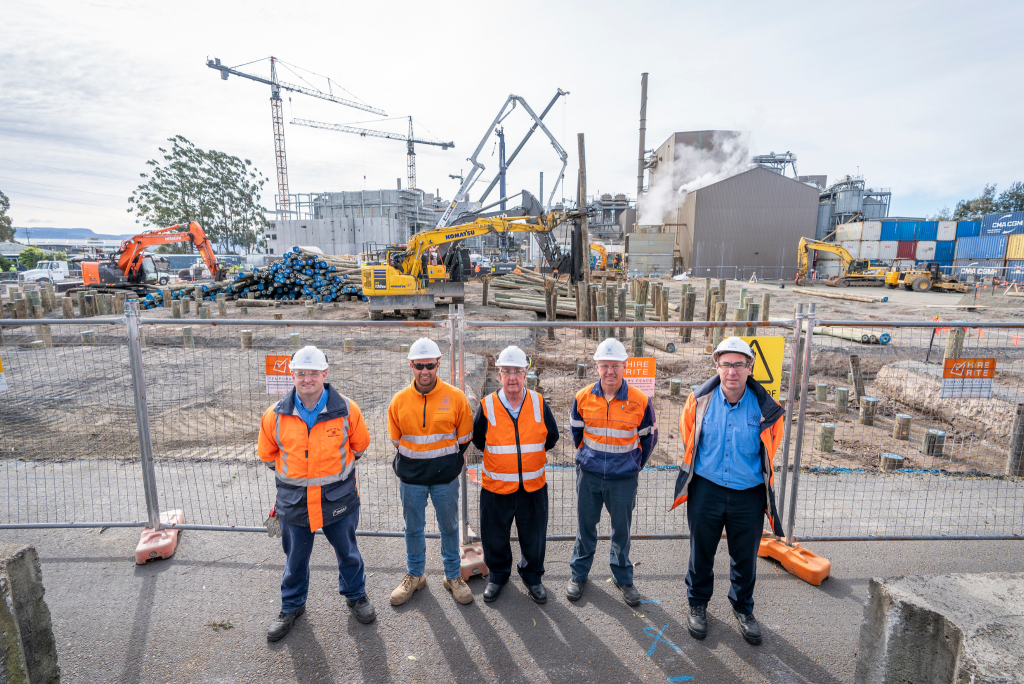Breaking Ground on Cogeneration Transition
Energy generated locally represents a huge innovative step taken in low-emission manufacturing at the world-class Shoalhaven Starches site in Nowra, New South Wales.
With sustainability at its core, a state-of-the-art $190 million co-generation project has broken ground, consisting of turbines and a dedicated gas pipeline. The project establishes a stable, reliable, and cleaner energy source, financed by an $85 million debt facility from the Clean Energy Finance Corporation (CEFC).
CEFC Chief Executive Officer Mr Ian Learmonth said that the project allowed the Shoalhaven Starches site to remain competitive and meet its growing requirements for output, whilst moving towards a cleaner energy source.
“Importantly, by adopting cleaner technology now, while considering the potential to convert to renewable energy in the future, Manildra Group is making serious inroads into reducing its emissions,” he said.
Operational in 2023, the pioneering project strengthens the site’s manufacturing capabilities, boosts local industries, and creates hundreds of jobs including 170 during construction.
Manildra Group Managing Director, John Honan said the project will generate 100 per cent of the site’s electricity, reduce greenhouse gas emissions by approximately 40 per cent, eliminate coal from the supply chain and secure the site’s energy future.
“As a world leading manufacturer, we’re committed to being a force for good for the planet. Our latest investment in co-generation technology will positively impact the environment and represents Manildra Group’s unwavering commitment to a lower carbon future,” Mr Honan said.
Installation has started on the 60-megawatt gas-fired co-generation plant and pipeline that will deliver gas directly to the site from Pestells Lane. The advance modern turbines utilise natural gas to drive two 30-megawatt generators, using the waste heat to create steam to power the site.
Mr Learmonth said aside from the significant carbon savings, this project will help demonstrate decarbonisation opportunities in the industrial sector and shows how manufacturers can shift away from coal as a feedstock for industrial heat and energy generation.
“The upgrades will also allow the site to go largely off grid, reducing pressure on the national electricity market. Green hydrogen is also being investigated as an energy source to potentially power the plant in the future,” he said.
